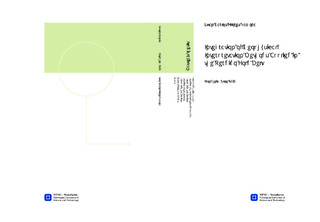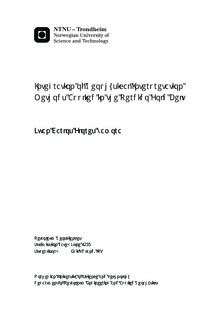| dc.description.abstract | Today, with discoveries of the fields Great White, Baha, Trident and Tobago in U.S portion and the recent drilling of wells Trion-1 and Supremus-1 in Mexican waters, have established the Perdido fold belt in the Gulf of Mexico as a significant potential petroleum province in its initial stages of evaluation. This area according with studies realized so far, shows an important potential of reservoirs associated with extra-light crude oil, however to explore, delimitate, characterize and produce these resources is necessary the implementation of the most modern technology of interpretation, drilling and development. In this work, I considered one of the new wells discovered in the Mexican portion into the Perdido Fold Belt system, where the main target of this project is establish and delimitate the probable and possible extension of hydrocarbons associated with such well. To develop this, first was carried out the seismic interpretation of area of study, and thus establish all the geological setting associated to the reservoir. Although most of Perdido Fold Belt structures usually are anticlines of great magnitude, experiences obtained in U.S wells has showed that hydrocarbon distribution is most related with the presence of stratigraphic traps associated with submarine fans and channels systems that often shows a response of amplitude below of seismic resolution, making their definition and interpretation more complex. So this type of traps in the Mexican portion also was evident during the interpretation of this project, which was characterized by two types of traps: one structural characterized by a set of high amplitude anomalies limited by normal fault blocks and other stratigraphic interpreted as a system of submarine channels with medium to high amplitude produced as a result of depositional system of Northern and Northwest Gulf of Mexico. Hence, an AVO analysis has been proposed as part of this project allowing calibrate the amplitude anomalies identified in the reservoirs and understand their relationship with the type of fluids associated to the reservoir and lithological changes, being possible to derive two types of hydrocarbons in each reservoir; one associated to gas and other to oil. Once obtained the AVO analysis results, the LMR and EI seismic inversion were performed, where the main goal of this was to complement the AVO analysis and therefore, reduce the uncertainties associated to the amplitude anomalies identified and their relationship with the reservoir conditions. With this analysis was possible to establish and define not only the reservoir rock distribution, but also the areas associated with higher hydrocarbon saturation and water saturation characterized by low and high values of Lamnda-rho and Elastic Impedance respectively. In addition of establish the seismic properties response associates to each stratigraphic unit interpreted in this area. Thereby, reducing the geological risk and delimiting and identifying new potential areas to contain hydrocarbons. | nb_NO |

